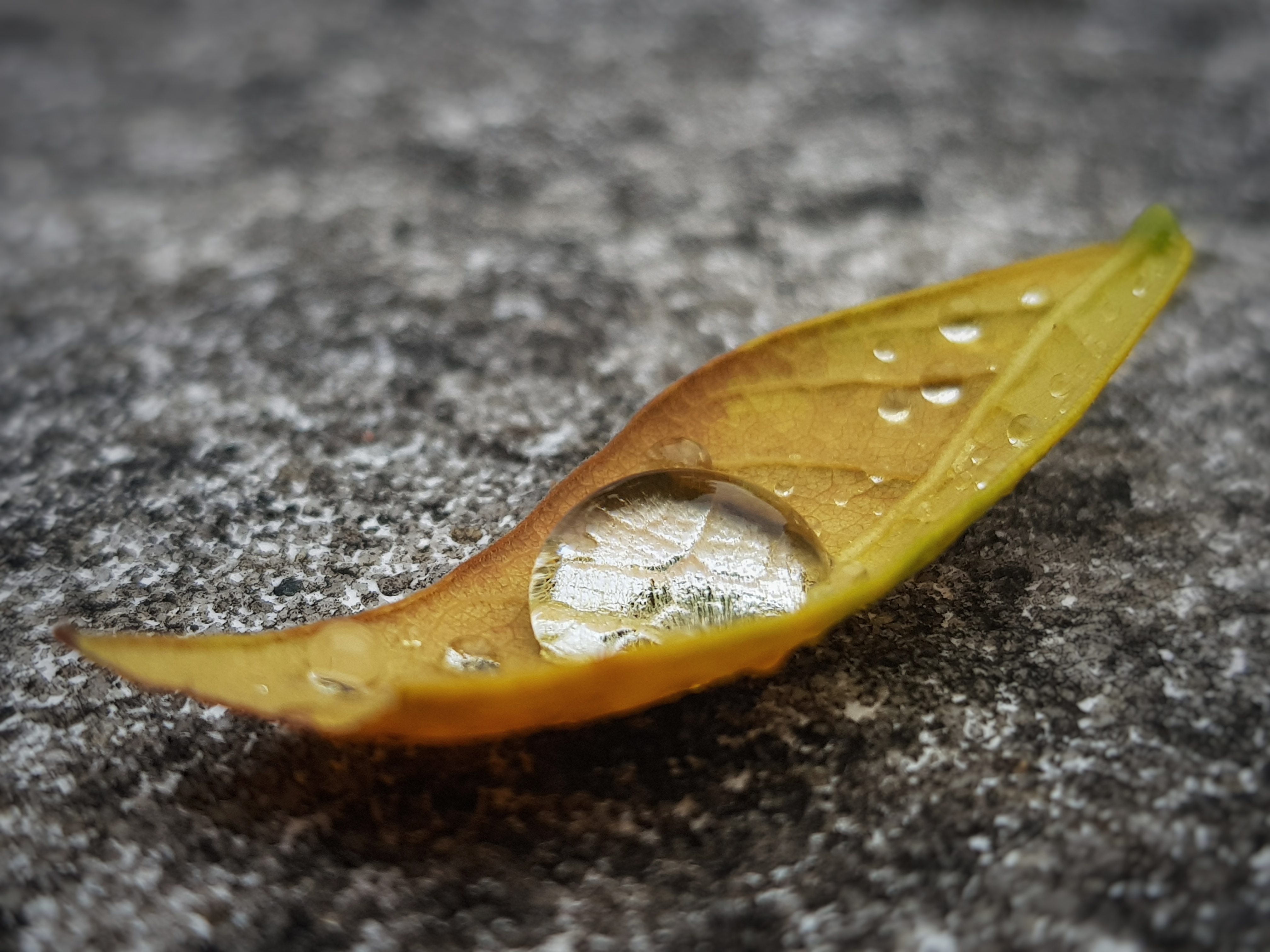There are no strict regulations on how you should compose your photographs.
However, there are some composition techniques, when followed, can make your photos look spectacular.
But what is composition in the first place? Composition refers to the arangement of elements in a frame.
Keeping in mind some guidelines when trying to frame your shot can make it visually appealling.
In this tutorial, we will be looking at a few simple, but effective methods on how you can compose your pictures.

The rule of thirds is perhaps the most well known, and my favourite, composition guideline.
It helps to draw the viewer's eyes to the image and puts greater emphasis on the subject.
This works very well when the subject is not surrounded by many distractions. Just turn on gridlines
in your phone's camera settings and you're good to go! Make sure to position your subject in the left or right
third of the picture and you can capture outstanding pictures.

Symmetry is an excellent technique to use as well, especially when the elements in a picture are mirrored.
Such a composition creates aesthetic balance in your photograph hence a really effective way of getting a great shot.
I personally love to use symmetry when I see architecture and water reflections. Architecture mostly features vertical symmetry
while water reflections feature horizontal symmetry.

Another great technique is simplicity. Simplicity often refers to taking photographs with one main subject,
surrounded by a simple background. Macro photography uses a lot of this, as usually the main subject is really
small, like an insect or a droplet of water. A combination of a simple background and blur creates a contrast, making the subject pop out and really show
its intricate details. When combined with other techniques, it can pave way for wonderful pictures.
You have now learnt some fundamental techniques of composition. In the next tutorial, we will explore how you can achieve
crispness and clarity in your photographs, using manual mode.


